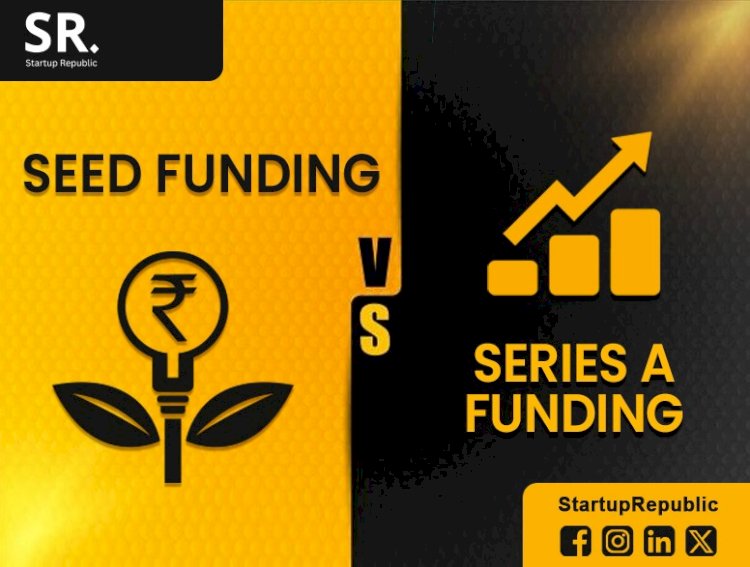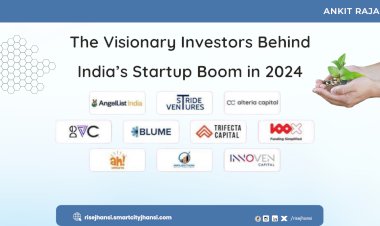Seed Funding vs. Series A Funding
In the world of startup financing, there's a specific language and structure that entrepreneurs and investors follow. Two crucial stages in a startup's funding journey are Seed Funding and Series A. In this blog, we'll decode these startup investment rounds, highlighting their differences and the significance of each.

Seed Funding: Planting the Startup Seed
Seed funding is the initial investment that allows startups to take their first steps. Think of it as the capital required to plant the seed of your business idea.
Here's what you need to know:
- Early Stage Support: Seed funding is typically the first outside capital a startup receives, often coming from angel investors or early-stage venture capital firms.
- Proof of Concept: Startups at this stage are often in the ideation or prototype phase. Seed funding is used to validate the concept, develop a prototype, and conduct initial market research.
- Lower Valuation: Startups at this stage are valued lower compared to later stages because they are unproven and high-risk.
- Convertible Notes: Convertible notes, which are essentially loans that can convert into equity, are a common way to structure seed investments.
- Focused on Founders: Seed investors often place significant emphasis on the startup's founders, their vision, and their ability to execute the business plan.
Series A: Accelerating Growth
Series A is the next significant funding stage, typically following a successful seed round. It's all about accelerating growth and scaling your startup.
Here's what you need to know:
- Scaling the Business: At the Series A stage, the startup should have a proven concept, a customer base, and is ready to scale. The funds are used for expanding operations, marketing, and reaching new markets.
- Higher Valuation: With a proven business model and growth potential, the startup's valuation is higher at this stage.
- Venture Capital Firms: Series A investments are usually led by venture capital firms specializing in mid-stage investments.
- Dilution: As you raise more capital, your ownership stake as a founder may decrease (dilution). However, the increased valuation often compensates for this.
- Due Diligence: Series A investors conduct rigorous due diligence to ensure the startup is on the right track and can meet its growth targets.
Key Differences Between Seed Funding and Series A
- Stage of Development: Seed funding is for early-stage startups with a concept or prototype, while Series A is for startups with a proven concept and growth potential.
- Investment Size: Seed rounds are typically smaller, ranging from tens of thousands to a few million dollars, while Series A rounds can range from a few million to tens of millions.
- Valuation: Startups at the seed stage have a lower valuation, while Series A startups have a higher valuation based on proven growth.
- Investors: Seed funding often involves angel investors and early-stage venture capitalists, whereas Series A rounds are led by venture capital firms specializing in mid-stage investments.
Final Thoughts :
Understanding the distinctions between seed funding and Series A is essential for startups seeking capital and for investors looking to make informed decisions. These stages represent critical milestones in a startup's journey, each with its unique goals and requirements. As your startup progresses, it's crucial to seek the right type of funding at the right time to maximize your chances of success. Seed funding plants the seed, while Series A helps you nurture and grow the budding business into a full-fledged tree of success.
























